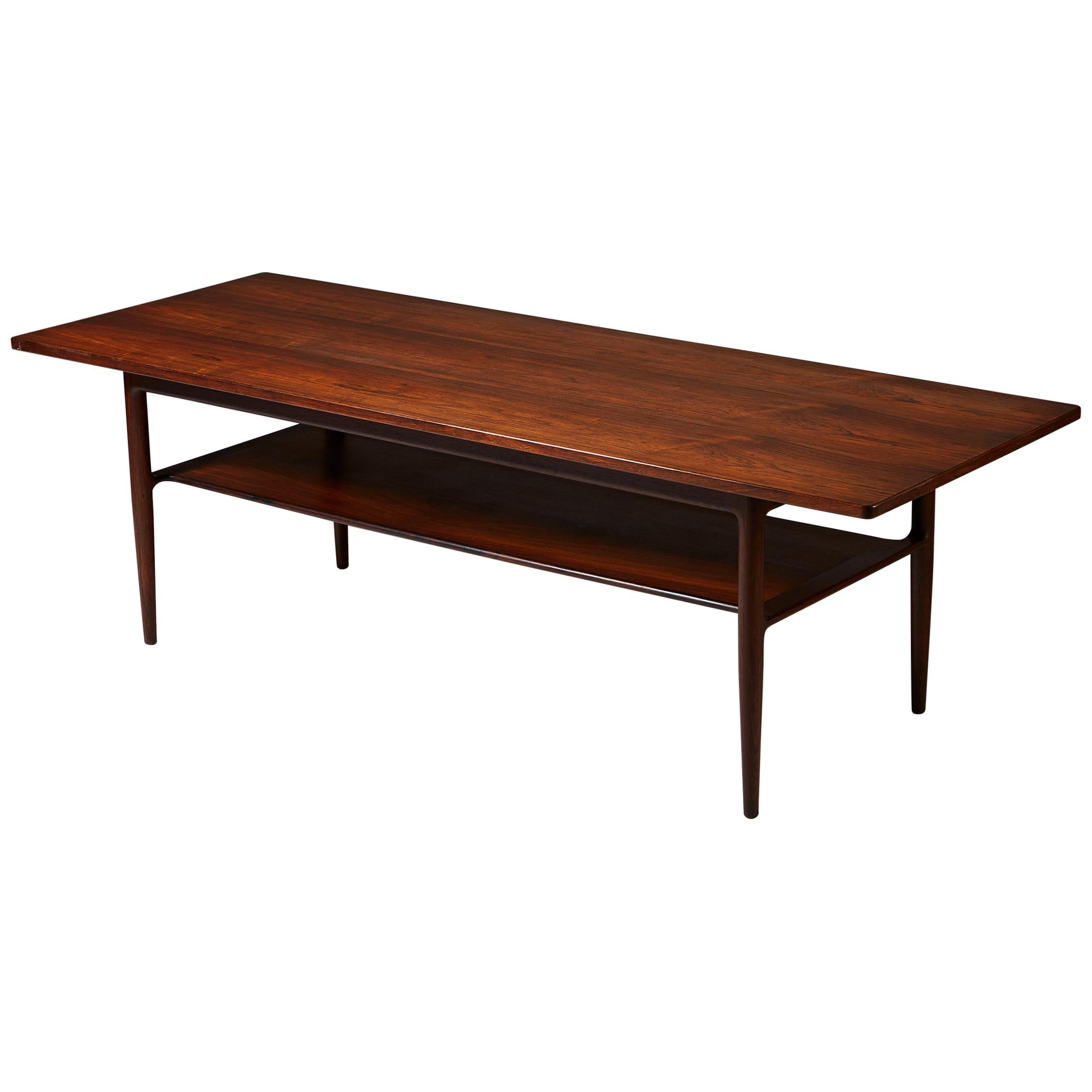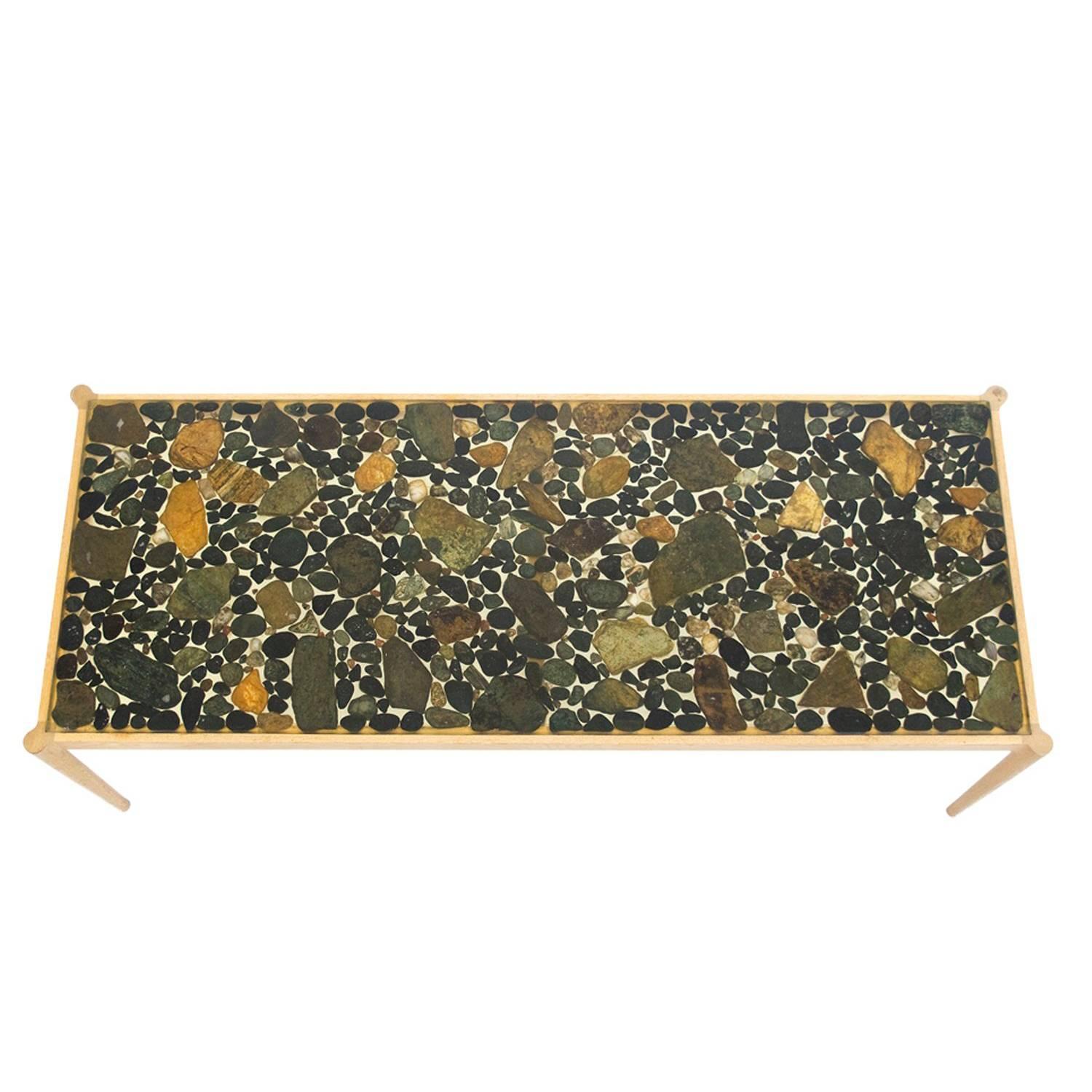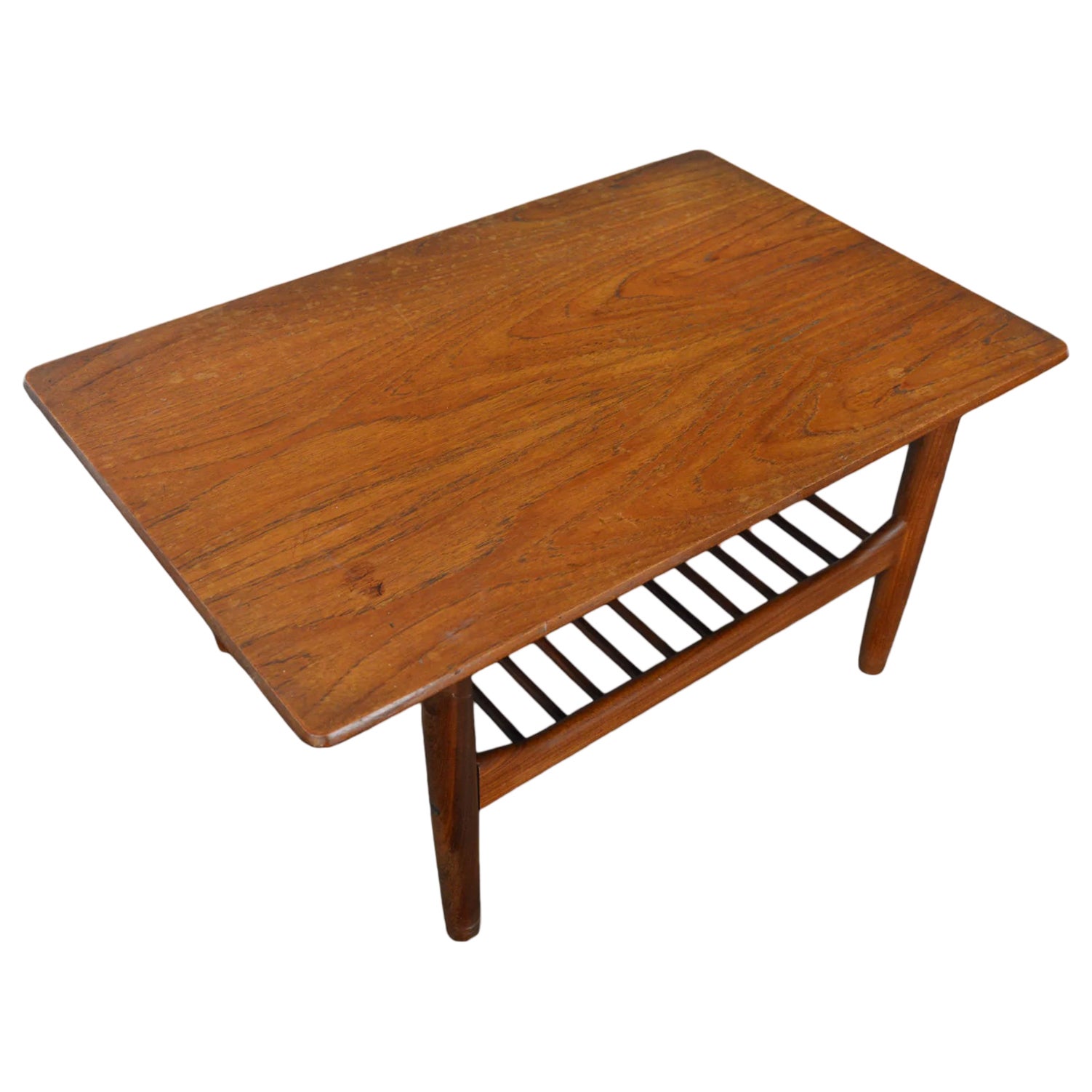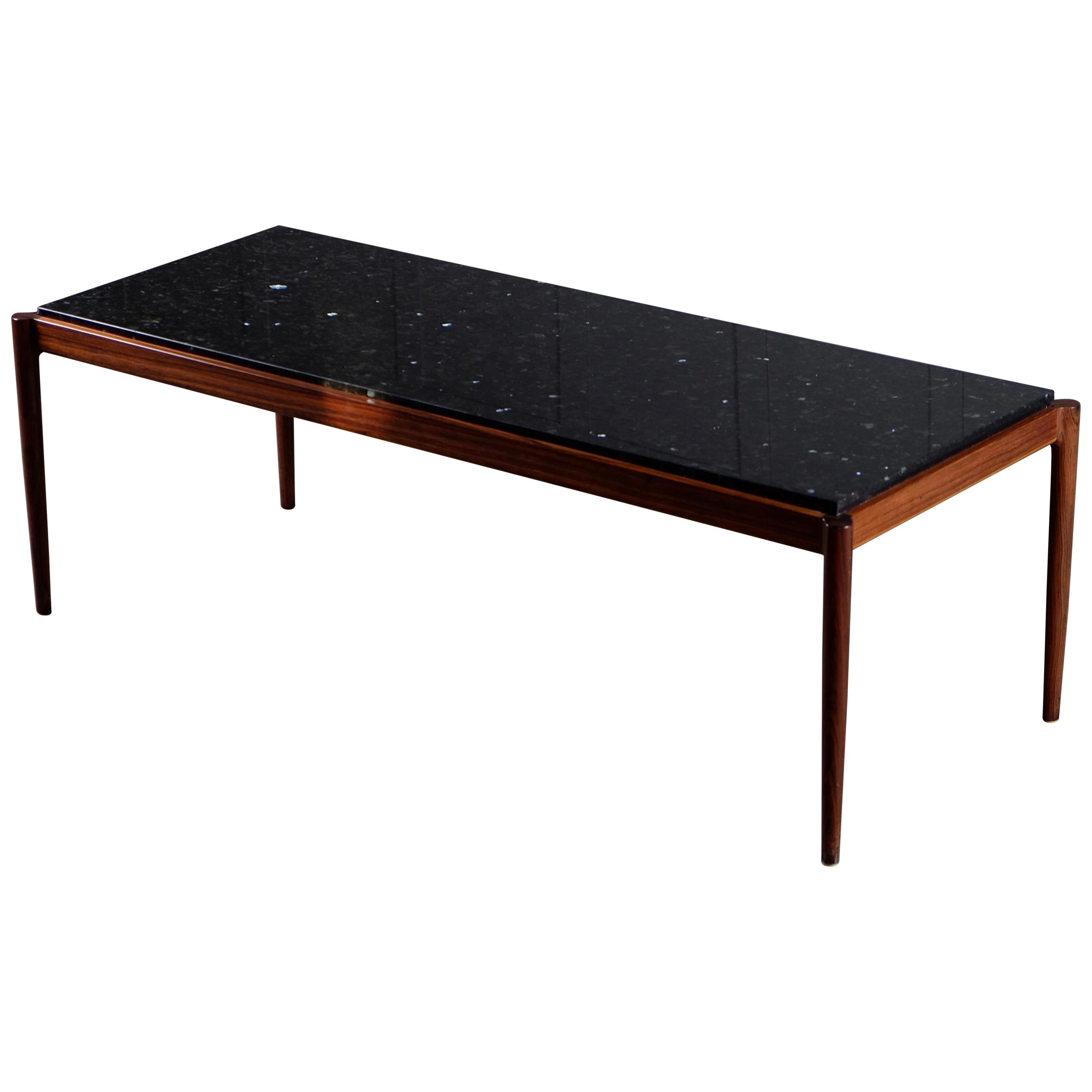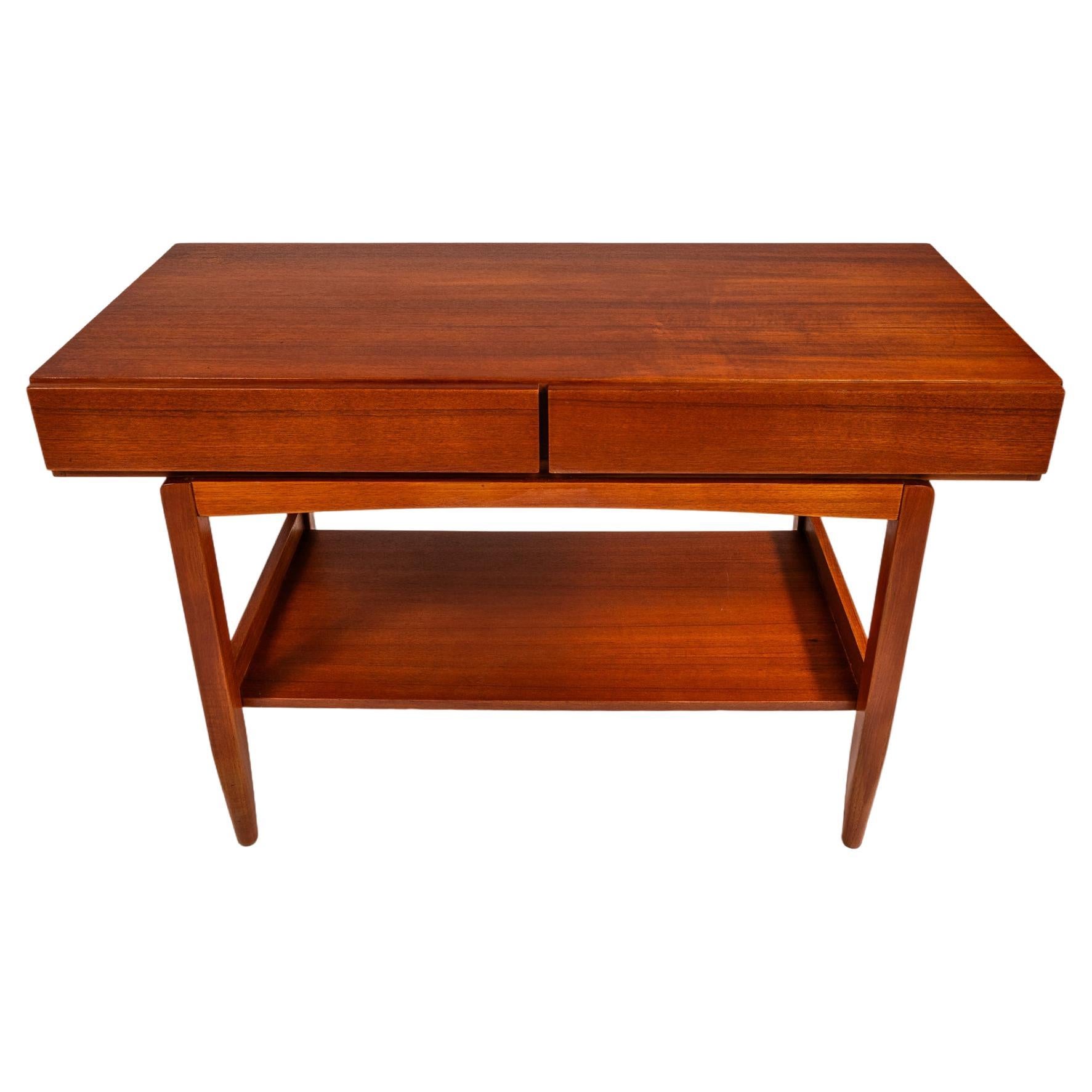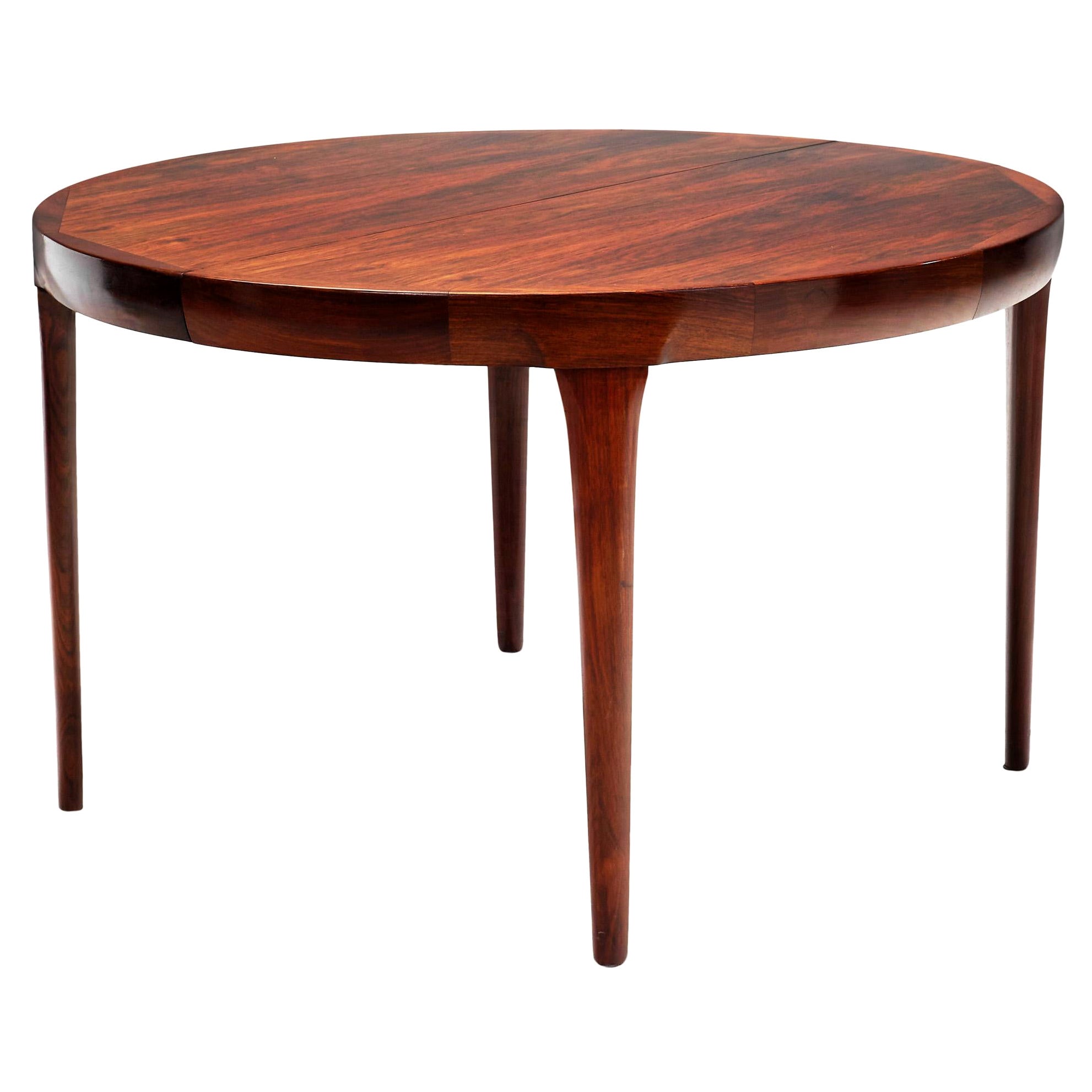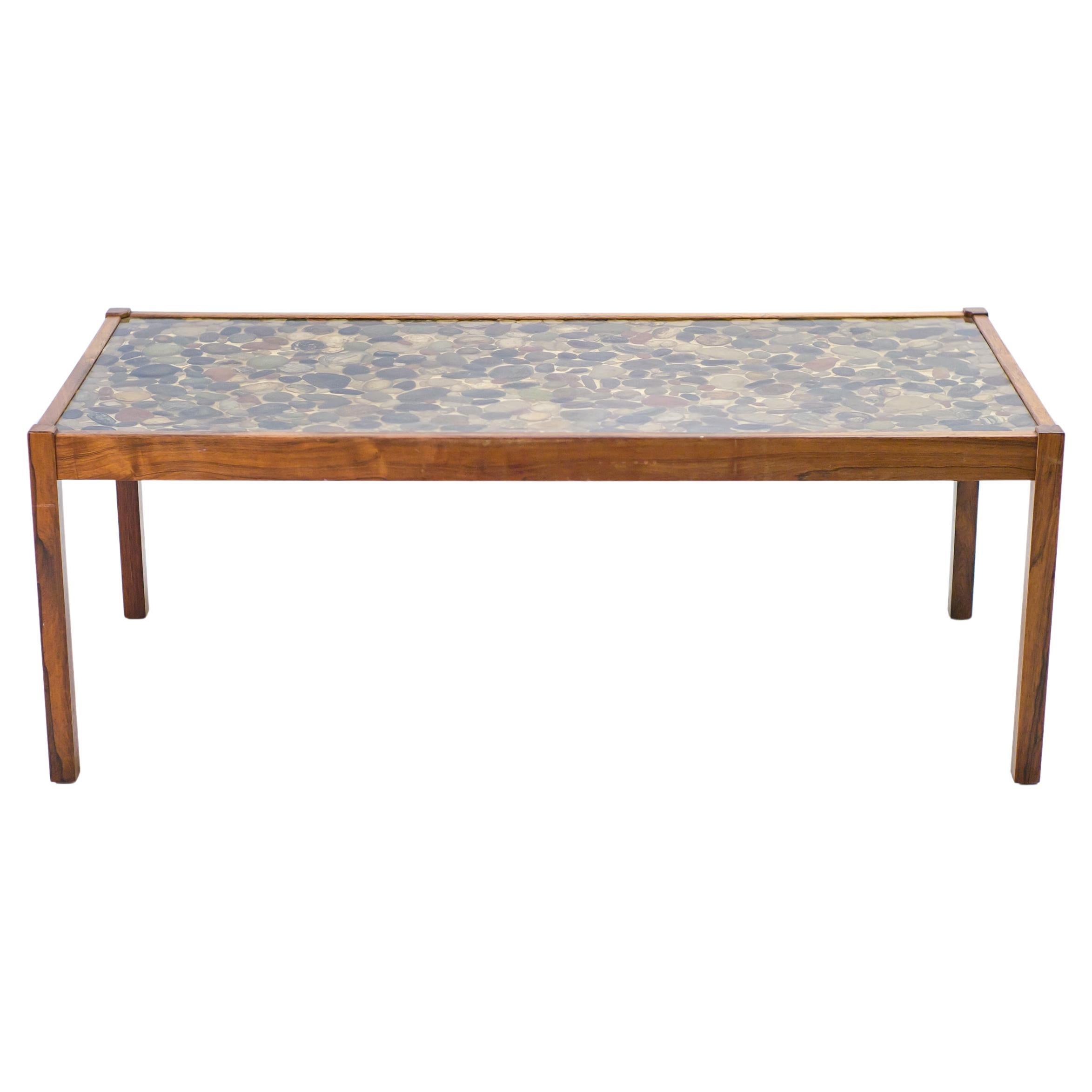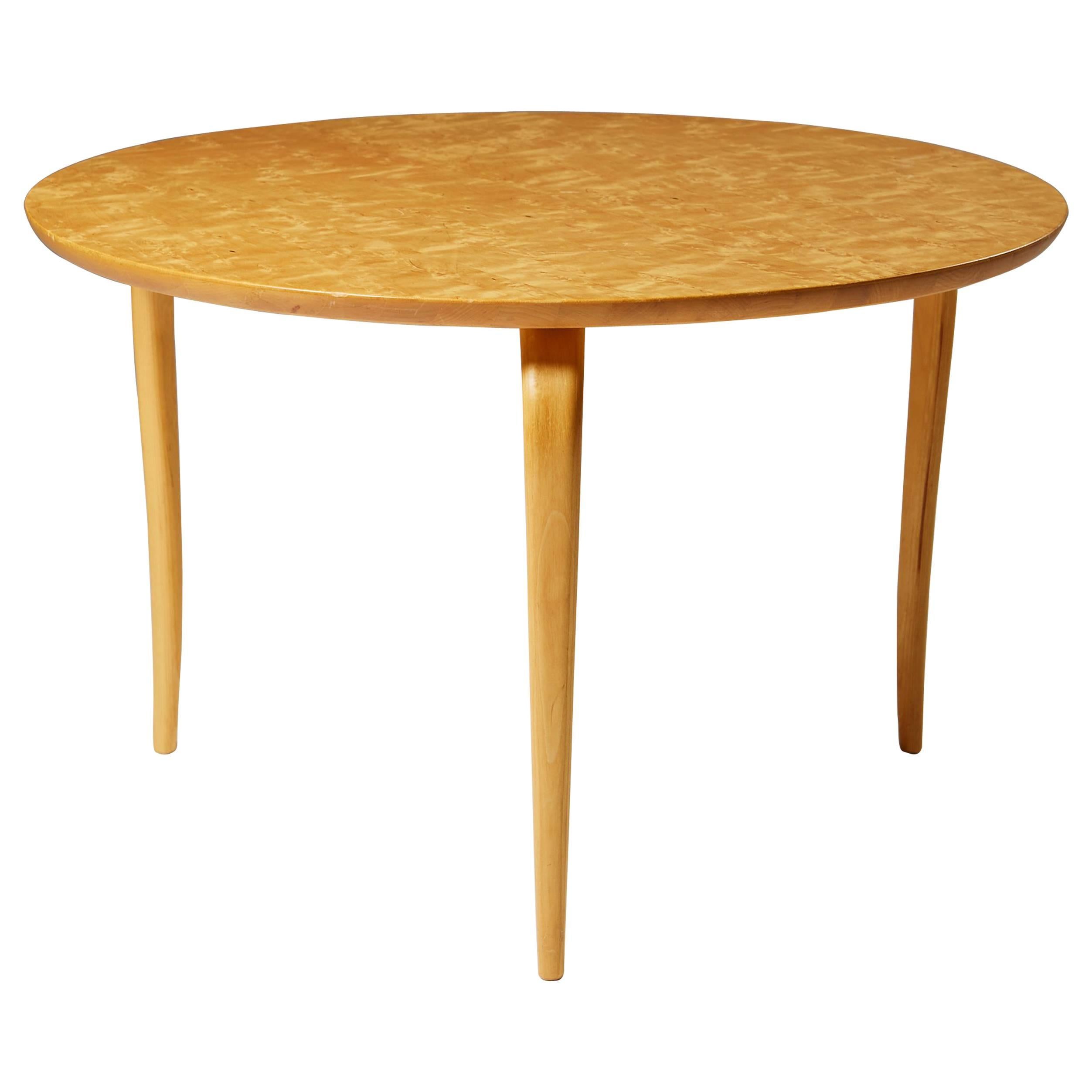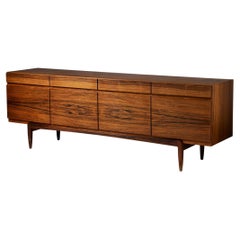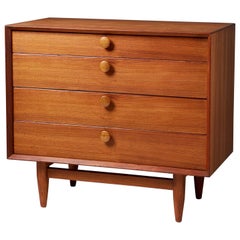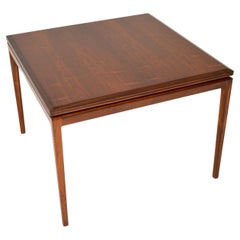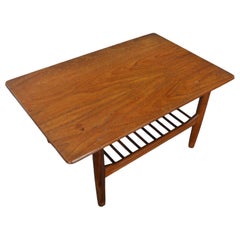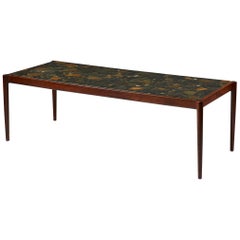
Occasional Table Designed, Ib Kofod Larsen for Säffle Möbelfabrik, Sweden, 1960
View Similar Items
Want more images or videos?
Request additional images or videos from the seller
1 of 11
Occasional Table Designed, Ib Kofod Larsen for Säffle Möbelfabrik, Sweden, 1960
About the Item
- Dimensions:Height: 18.9 in (48 cm)Width: 22.84 in (58 cm)Depth: 58.27 in (148 cm)
- Style:Scandinavian Modern (Of the Period)
- Materials and Techniques:Rosewood,Stone
- Place of Origin:Sweden
- Period:1960-1969
- Date of Manufacture:1960
- Condition:Refinished. Wear consistent with age and use.
- Seller Location:Stockholm, SE
- Reference Number:1stDibs: LU1006620460852
About the Seller
5.0
Recognized Seller
These prestigious sellers are industry leaders and represent the highest echelon for item quality and design.
Gold Seller
These expertly vetted sellers are highly rated and consistently exceed customer expectations.
Established in 1998
1stDibs seller since 2013
186 sales on 1stDibs
Typical response time: 2 hours
More From This SellerView All
- Occasional Table Designed by Ib Kofod-Larsen for Christensen & Larsen, DenmarkBy Christensen & Larsen, Ib Kofod-LarsenLocated in Stockholm, SEOccasional table designed by Ib Kofod-Larsen for Christensen & Larsen, Denmark. 1960's. Rosewood. Stamped by the maker. Measurements: H: 50.2 cm/ 19 3/4" W: 160 cm/ 5' 2 15/16" D:...Category
Vintage 1960s Danish Scandinavian Modern Coffee and Cocktail Tables
MaterialsRosewood
- Sideboard model FA 66 designed by Ib Kofod-Larsen for Faarup MöbelfabrikBy Ib Kofod-LarsenLocated in Stockholm, SESideboard model FA 66 designed by Ib Kofod-Larsen for Faarup Möbelfabrik, Denmark, 1960s. Rosewood. The clean lines of Ib Kofod-Larsen’s model FA 66 in rosewood make it a notable S...Category
Vintage 1960s Danish Mid-Century Modern Sideboards
MaterialsRosewood
- Cabinet designed by Ib Kofod-Larsen, Denmark, 1960sBy Ib Kofod-LarsenLocated in Stockholm, SECabinet designed by Ib Kofod-Larsen, Denmark, 1960s. Teak. Marked. Dimensions: H: 81 cm /2' 8'' W: 91 cm / 2' 11 3/4'' D: 48 cm / 19''Category
Mid-20th Century Danish Mid-Century Modern Cabinets
MaterialsTeak
- Occasional Table Designed by Josef Frank for Svenskt Tenn, Sweden, 1950sBy Josef FrankLocated in Stockholm, SEOccasional table designed by Josef Frank for Svenskt Tenn, Sweden. 1950s. Mahogany. H: 45 cm L: 80 cm D: 40 cm Josef Frank was a true European, he was also a pioneer of what would become classic 20th century Swedish design and the “Scandinavian Design Style”. Austrian- born Frank started his design career as an architect after having trained at the Technische Hochschule in Vienna between 1903 and 1910. After his training he went on to teach at Kunstgewerbeschule (The Viennese School of Arts and crafts) where he developed and espoused the new school of modernist thinking towards Architecture and Design that was coming to fruition in Vienna at the time. He also went on to lead the Vienna Werkbund throughout the 1920s. This was a truly progressive group of Architects and Designers who set about improving the daily lives of Austrian people through modernist design and architecture in partnership with Arts and Crafts ideals and construction. Frank’s leadership of the Werkbund had already cemented his place at the forefront of European design. Frank’s time in Vienna was typified by his design for the “Die Wohnung” exhibition of the Deutscher Werkbund in Stuttgart, 1927 where he exhibited along side his contemporaries at the forefront of design, such as the likes of Le Corbusier and Walter Gropius. Here he showed a specially designed pair of flat-roofed reinforced concrete houses in what is now seen as a typical modernist style. What separated Frank’s house from the other 32 houses of the exhibition was the interior and furniture inside the building. It was described as “Neo-Classical” and filled with an eclectic mix of period pieces, modern design and pieces designed by Frank himself that seemed to cross the two worlds. This was a complete opposite direction to that which his fellow Architects were travelling in with their pared back and angular aesthetics. Frank said of his own work: “The house is not a work of art, simply a place where one lives,” and by this reasoning Frank rejected the regimental mechanisation of the living space that his contemporaries believed in, instead he set about creating congenial and spontaneous interiors. Frank’s practice saw him placing the bright colours and the soft forms of nature back into the furnishings and interiors that he thought modernism sorely mist. Frank, along with Oskar Walch set up Haus und Garten in Vienna in 1925. This was Frank’s first commercial foray into furniture and home furnishings and the company went on to become the most influential furnishing house in Vienna with a riotous depth of colour and interesting shapes becoming the trademark of their design. However this success was to come to an end with rise of Nazism in Vienna in the early 1930’s. Frank was Jewish, and he and his wife Anna decided they would leave Vienna for her motherland: Sweden, in 1933. Frank continued to design for Haus and Garten, visiting Vienna occasionally and designing the pieces that would continue to be the company’s best...Category
Vintage 1950s Swedish Scandinavian Modern Tables
MaterialsMahogany
- Occasional Table Annika Designed by Bruno Mathsson for Karl Mathsson, SwedenBy Bruno MathssonLocated in Stockholm, SEOccasional table Annika designed by Bruno Mathsson for Karl Mathsson, Sweden. 1973. Birch and Karelian birch. Dimensions: H: 42 cm / 1' 4" D: 65 cm / 2' 1''Category
Vintage 1970s Swedish Scandinavian Modern Tables
MaterialsBirch
- Occasional Table Designed by Thomas Sandell, for Asplund, Sweden, 1990sBy Thomas SandellLocated in Stockholm, SEOccasional table designed by Thomas Sandell for Asplund, Sweden, 1990s. Birch and lacquered tubular steel. Dimensions: H: 49 cm / 1' 7 1/4" L: 120 cm / 3' 11 1/4" D: 63.5 cm / 2' ...Category
Late 20th Century Swedish Mid-Century Modern Center Tables
MaterialsSteel
You May Also Like
- 1960s Danish Vintage Dining Table by Ib Kofod LarsenBy Christensen & Larsen, Ib Kofod-LarsenLocated in London, GBA stylish and exceptionally rare vintage Danish dining table. This was designed by Ib Kofod Larsen for Christensen and Larsen, it dates from the 1960s. The quality is outstanding, t...Category
Vintage 1960s Danish Mid-Century Modern Dining Room Tables
MaterialsWood
- IB Kofod-Larsen Coffee Table by Seffle Möbelfabrik, circa 1960, SwedenBy Seffle MöbelfabrikLocated in Nice, Cote d' AzurIB Kofod-Larsen (1921-2003) coffee table by Seffle Möbelfabrik, coffee table in elm with resin and stone top, stamped, with pebbles inclusions, edi...Category
Vintage 1960s Swedish Mid-Century Modern Coffee and Cocktail Tables
MaterialsResin, Wood
- "Danish Range" Teak Side Table By Ib Kofod LarsenBy G Plan Furniture, Ib Kofod-LarsenLocated in Berkeley, CAOrigin: England Designer: Ib Kofod Larsen Manufacturer: G Plan Era: 1961 Materials: Teak, Afromosia Measurements: 30″ wide x 19″ deep x 14.5″ tall Condition: In excellent original co...Category
Mid-20th Century English Mid-Century Modern Tables
MaterialsTeak
- Rosewood coffee table Ib Kofod Larsen, design 1960'sBy Ib Kofod-LarsenLocated in PARIS, FRElegant living room table by the great Danish designer Ib Kofod Larsen. Its legs outside the structure and its slightly raised top give it its refinement and originality and the rose...Category
Mid-20th Century Danish Mid-Century Modern Coffee and Cocktail Tables
MaterialsPalisander
- Coffee Table by Ib Kofod-Larsen, 1960sBy Ib Kofod-Larsen, Seffle MöbelfabrikLocated in Stockholm, SERare model with stunning black Larvikite stone from top and rosewood frame. Excellent condition. Produced by Seffle Møbelfabrik in Sweden, designed by Danish architect Ib Kofod-Lars...Category
Vintage 1960s Swedish Scandinavian Modern Coffee and Cocktail Tables
MaterialsRosewood
- Teak Danish Modern Console Table by Ib Kofod Larsen for Faarup Møbelfabrik, 1960By Faarup Møbelfabrik, Ib Kofod-LarsenLocated in Deland, FLIntroducing a true Danish Modern masterpiece: a rare teak console table designed by the incomparable Ib Kofod Larsen for Faarup Møbelfabrik. This iconic table has been fully restored...Category
Vintage 1960s American Mid-Century Modern Console Tables
MaterialsTeak
